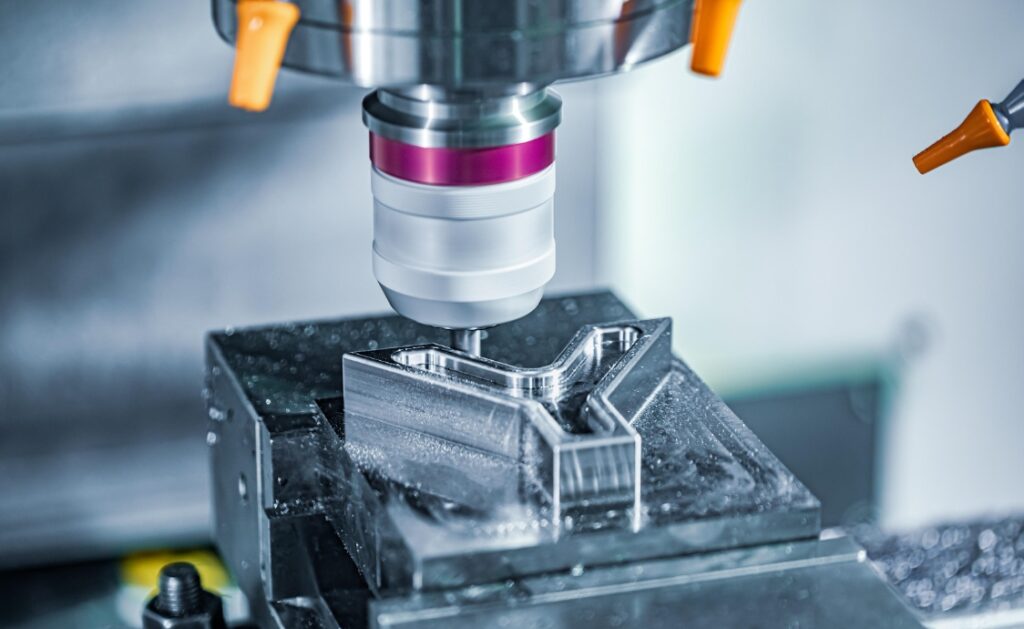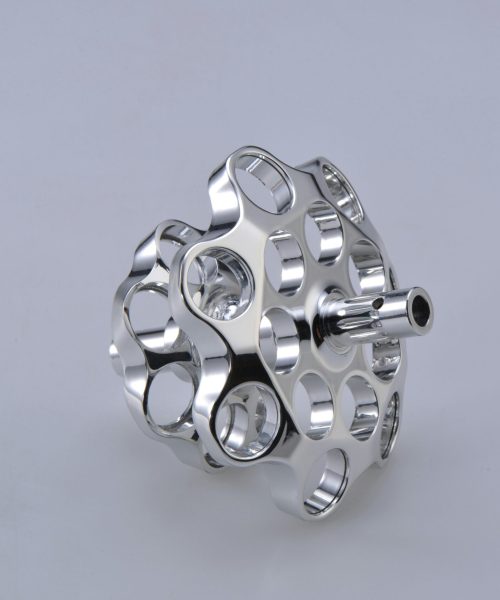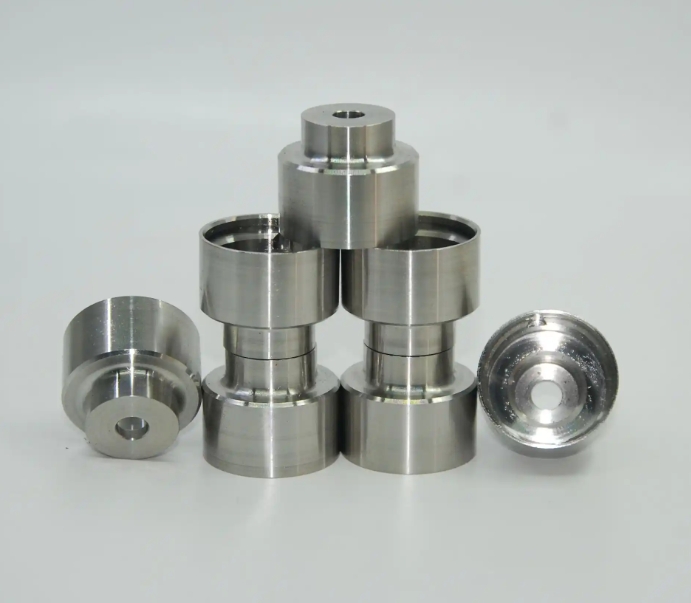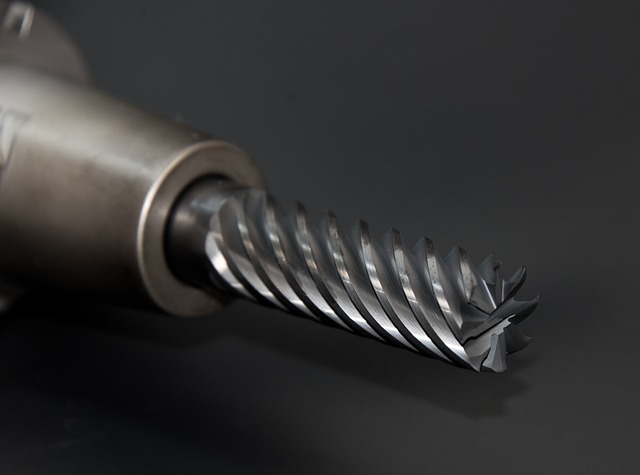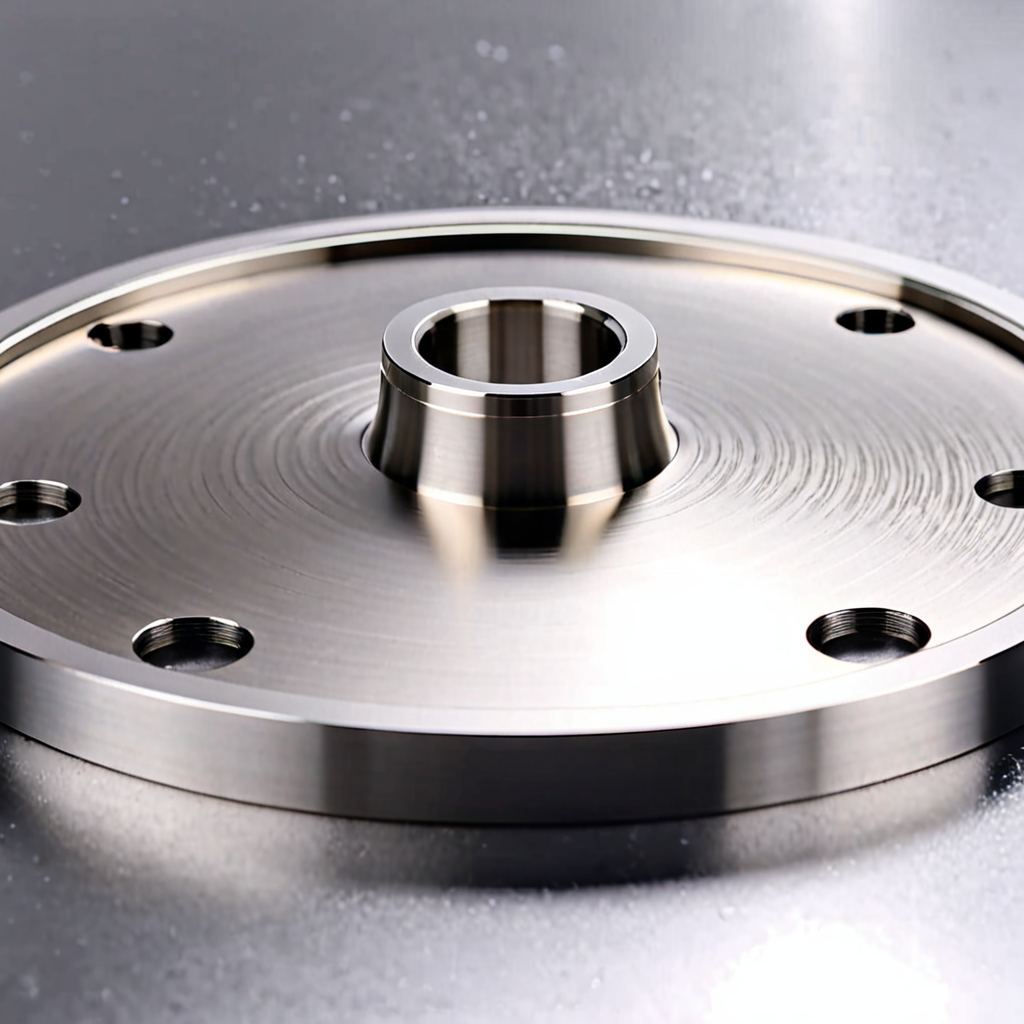Surface Finishing Techniques for CNC Machining Parts
CNC machining is a subtractive manufacturing process renowned for producing parts with high precision and fine detail, accommodating tolerances as tight as ± 0.025 mm. This process can work with a vast array of metals and plastics. However, unlike additive manufacturing methods like 3D printing, CNC machining often leaves parts with visible tool marks. To address this, surface finishing is essential. Proper post-processing and surface finishes enhance the surface roughness, visual appeal, and durability of Peças de maquinagem CNC.
Surface finishing is critical for improving the functionality and aesthetics of CNC machining parts. By selecting the right finish, you can significantly enhance your part’s performance and appearance. In this article, we explore the most common surface finishes for metal CNC parts, providing guidance to help you choose the best option for your specific application.
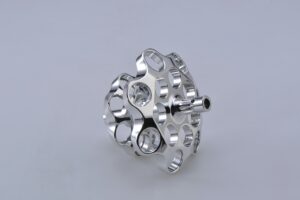

CNC Machining Surface Finishes Offered by GCH Process
As Machined:
“As machined” parts come directly off the CNC machine with minor visible tool marks and a standard surface roughness (Ra) of 3.2 μm. Surface roughness can be further reduced to 1.6, 0.8, or 0.4 μm, although this requires additional machining steps and increased costs. These parts can be polished or smoothed to improve their appearance and surface quality.
Bead Blasting:
Bead blasting imparts a uniform matte finish with a light texture, primarily enhancing the part’s visual appeal. This manual process involves bombarding the part with small glass beads using a pressurized air gun, removing excess material and smoothing the surface.
Anodizing Type II (Clear or Color):
This anodizing process adds a corrosion-resistant ceramic layer to aluminum and titanium parts. The parts can be dyed in various colors, offering both functional and aesthetic benefits. The coating thickness typically ranges from 4-12 μm, depending on the color.
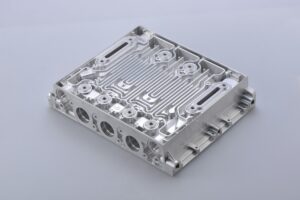

Anodizing Type III (Hardcoat):
Type III anodizing provides a thicker, more durable ceramic layer than Type II, offering excellent wear and corrosion resistance. This process is suitable for advanced engineering applications and can produce coatings up to 125 μm thick.
Powder Coating:
Powder coating applies a wear- and corrosion-resistant finish to metal parts, available in a wide range of colors. This process involves priming the part, coating it with dry powder using an electrostatic spray gun, and curing it at high temperatures. The result is a durable, high-impact-resistant coating.
Tips for Choosing the Right Surface Finish
Every surface finish has its pros and cons, so it’s essential to match the finish to your part’s requirements and application. Consider both functional and aesthetic characteristics, how the part will interact with other components, and the operational environment. Here are some best practices for common finishes:
- Bead Blasting: Ideal for parts where dimensional tolerances are not critical, providing a matte, uniform finish.
- Anodizing (Type II): Suitable for aluminum and titanium parts needing a protective, cosmetic layer with natural matte colors.
- Anodizing (Type III): Best for high-wear engineering applications requiring a durable, hard surface.
- Powder Coating: Perfect for parts needing a strong, impact-resistant finish, especially when anodizing is not feasible.
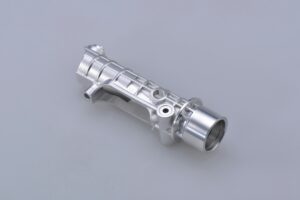

Selecting the appropriate surface finish for your CNC machining parts is crucial for ensuring optimal performance and aesthetics. By understanding the benefits and limitations of each option, you can make informed decisions that meet your project’s needs.
Conclusão
Surface finishing is a vital step in the CNC machining process, enhancing the appearance, durability, and functionality of your parts. GCH Process offers a range of surface finishes tailored to various requirements. By choosing the right finish, you can ensure your CNC machining parts perform at their best in any application.
For your next project, consider the surface finish options available and how they can improve your CNC machining parts. With the right choice, you can achieve the desired balance of aesthetics and functionality, ensuring your parts meet and exceed expectations.
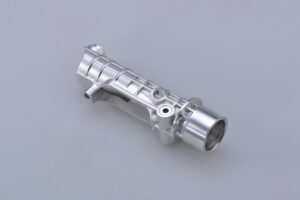

Frequently Asked Questions (FAQ)
What is acabamento de superfícies?
Surface finishing is the final phase of the CNC machining process, aimed at enhancing the part’s appearance, durability, and performance. It involves various techniques to remove defects, improve visual appeal, and boost resistance to wear and tear. Surface finishing can also adjust a part’s electrical conductivity and other functional properties.
Why is surface finishing important for CNC machining parts?
Surface finishing is crucial for CNC machining parts as it significantly improves their overall quality. It enhances surface roughness, cosmetic properties, and wear resistance, making parts more functional and visually appealing. A well-chosen surface finish can extend the part’s lifespan and ensure it meets specific application requirements.
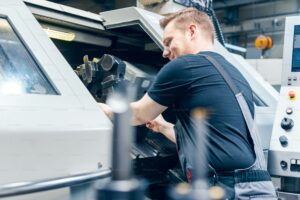

What are the most common surface finishes for CNC machining parts?
The most common surface finishes for CNC machining parts include:
- As Machined: Parts come directly off the machine with minor tool marks and a standard surface roughness of 3.2 μm. Roughness can be reduced further through additional machining steps.
- Bead Blasting: Provides a matte, uniform finish by bombarding the part with glass beads.
- Anodizing Type II: Adds a corrosion-resistant ceramic layer to aluminum and titanium parts, available in various colors.
- Anodizing Type III: Offers a thicker, more durable ceramic layer for high-wear applications.
- Powder Coating: Applies a strong, impact-resistant finish available in many colors.
How do I choose the right surface finish for my CNC machining parts?
Choosing the right surface finish depends on your part’s functional and aesthetic requirements. Consider the following factors:
- Functional Characteristics: Evaluate the needed wear resistance, corrosion resistance, and other performance features.
- Aesthetic Characteristics: Determine the desired visual appearance, including color and texture.
- Part Interaction: Consider how the part will interact with adjoining components and whether it will experience friction.
- Operational Environment: Assess the part’s exposure to environmental factors, such as humidity, temperature, and chemicals.
By carefully evaluating these factors, you can select the surface finish that best meets your application’s needs.
Can surface finishing affect the dimensional tolerances of CNC machining parts?
Yes, surface finishing can impact the dimensional tolerances of CNC machining parts. Processes like bead blasting and anodizing can slightly alter the part’s dimensions. It’s essential to account for these changes during the design phase and communicate your tolerance requirements to the manufacturer.
How quickly can I get my CNC machining parts finished?
At GCH Process, we offer fast lead times for CNC machining and surface finishing. Depending on the complexity of your parts and the chosen finishes, we can complete and deliver your parts in as fast as 5 days. Contact us for an instant quote and detailed lead time for your project.
For more information and to get started with your CNC machining and surface finishing needs, visit our website and request a free, instant quote today.

